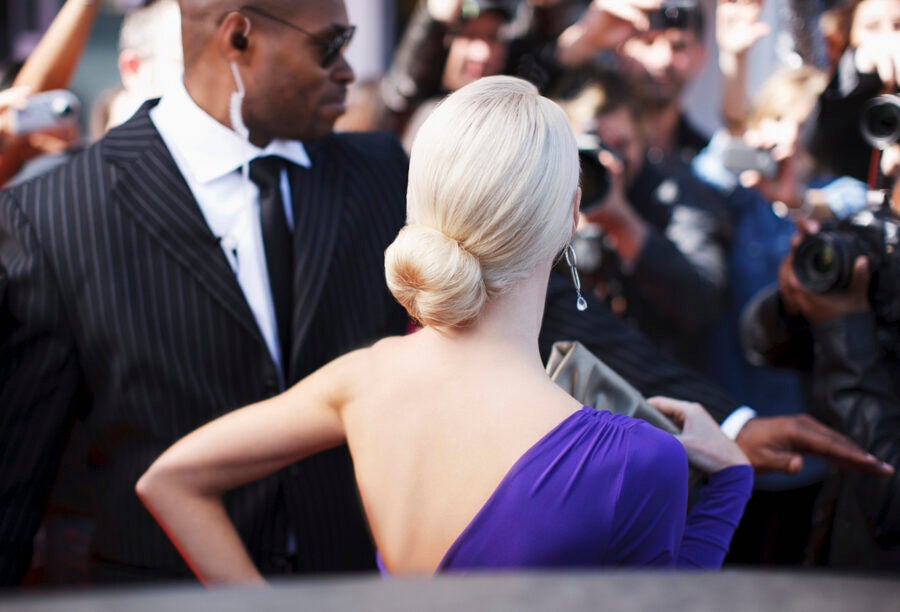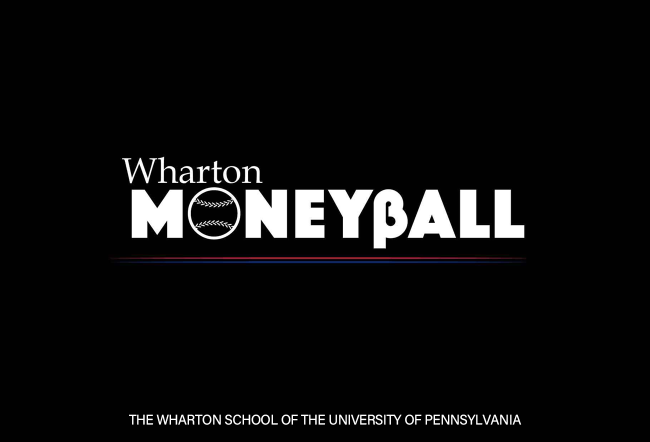Whether it’s Cindy Crawford gulping down a Pepsi, Shaquille O’Neal hawking Icy Hot, or Daniel Craig dancing his way through a Belvedere Vodka ad, famous people are good at selling stuff.
Companies pay millions for celebrity endorsements because they work, but they have always been a bit of a marketing mystery. Why are consumers so captivated by celebrities? Doesn’t their star power eclipse the very product they have been hired to sell?
Wharton experts settle those questions in a new study that finds that celebrities positively influence consumer choices. But the reasons are less about fame and more about neuroscience, psychology, and evolution.
How Marketing Psychology Influences the Effectiveness of Celebrity Ads
“There is this inherent tension in advertising between these ideas that celebrities are there to bolster and endorse the product, yet they are also known to take attention away from the product. Our main question was to untangle those two things: Do people spend a lot of time looking at the celebrity, and does that change their gaze?” said Elizabeth (Zab) Johnson, executive director and senior fellow at the Wharton Neuroscience Initiative.
She is co-author of the paper, “How Celebrity Status and Gaze Direction in Ads Drive Visual Attention to Shape Consumer Decisions,” along with Wharton marketing, psychology, and neuroscience professor Michael Platt; Simone D’Ambrogio, doctoral candidate in experimental psychology at the University of Oxford; and Noah Werksman, former undergraduate research assistant at the Wharton Neuroscience Initiative and Joseph Wharton Scholar.
“There is this inherent tension in advertising between these ideas that celebrities are there to bolster and endorse the product, yet they are also known to take attention away from the product.”— Elizabeth (Zab) Johnson
For their study, the researchers recruited dozens of participants to look at mock advertisements of snack foods with either celebrities or non-celebrities gazing at either the snack food or at the viewer. They tracked participants’ eye movements and pupil dilation, then used computational modeling to understand how gaze-cueing and celebrity endorsement affect participants’ product preference decisions.
The study on marketing psychology yielded two significant findings:
The study on marketing psychology yielded two significant findings about the impact of celebrity endorsements.
- People are more likely to choose products that are endorsed by a celebrity rather than a non-celebrity, and they make that choice faster. Viewers had less pupil dilation when choosing a product that was advertised with a celebrity, an indication that they were spending less time deliberating their choice and were more confident about their decision.
- Gaze-cueing is stronger in non-celebrities. When non-celebrities look at a product, viewers more often follow their gaze toward that product and linger on the item. When a celebrity is featured in an ad, viewers tend to linger on the face of the famous person regardless of whether the star is gazing at the product or back at the viewer.
“One of the key takeaways is that celebrity endorsement does work,” Johnson said, noting that tracking eye movement alone without pupil dilation and subsequent choice behavior would not have revealed how celebrities influence the speed of consumer decision-making. In fact, eye-tracking alone just proves that viewers look longer at the celebrity than the product. That’s known in marketing as “the vampire effect,” which posits that celebrities can overshadow and steal consumer attention away from the brand.
“It turns out that even though viewers aren’t looking at the product as much, the celebrity is still building consumer confidence. These are where preferences are more swayable on purpose,” Johnson said.
The researchers believe the ability of celebrities to persuade is rooted in evolution and biology. Both humans and primates will follow the lead of high-status, high-prestige individuals in their group by aligning their gaze or copying their decisions. This behavior is seen in the wild, when monkeys turn to look at whatever a higher-status monkey is looking at in the trees, or in the office, when employees model their work after the top-rated employee. When the leader is successful, others require less evidence to make the same choice.
“That doesn’t mean a celebrity can make you choose a product that you hate,” Johnson said. “Your strong preferences — if you absolutely love or hate something — don’t move, but there is a lot of wiggle room in there with products you might not yet have strong feelings about.”
Does Gen Z Trust Non-Celebrity Ads More?
The researchers said they expected to see more gaze-cueing in celebrity ads and were surprised to find that it was strongest in non-celebrity ads. Another surprise was that study participants rated the non-celebrities as slightly more attractive than the stars. Johnson said those two findings may explain the more recent marketing trend of using ordinary people in ads, albeit good-looking ones.
She also noted that most of the study participants were younger, and there’s mixed literature that Generation Z may have less faith and more suspicion of celebrity endorsements.
“There is something robust around celebrities,” Johnson said. “But I think this relates to the idea that regular, real people can also satisfy some aspect of building confidence in consumers. Both situations are at play here.”
“There is something robust around celebrities.”— Elizabeth (Zab) Johnson
What’s Next for Marketing Psychology and Neuroscience Research
Johnson and Platt have been friends for over 20 years and colleagues for more than a decade. They’ve had countless conversations about neuroscience, with her particular interest in visual cognition and his in social cognition, and together, they lead the Wharton Neuroscience Initiative. Still, they never put their ideas together for a study before now.
“It’s an unusual situation in that I’ve known him forever and we’d never collaborated on a research project. Our science had never intertwined,” Johnson said. “We batted around this question about celebrity endorsement for a long time and finally decided to go for it.”
She said the study has sparked even more questions they would like to examine about the generational differences in consumers, the marketing power of nontraditional celebrities such as social media influencers, and how visual cognition affects political decisions such as choosing a presidential candidate.
With pupillometry and eye-tracking, study participants don’t need to wear obtrusive head gear for researchers to study their reactions. Johnson said as the technology advances, scientists will get even more unfettered access to the brain’s decision-making mechanisms.
“I think it’s really interesting to apply a model that’s been used for a long time in psychology and neuroscience in these new contexts,” Johnson said. “It still hasn’t totally caught on, but it gets into this window of determining subjective value without interrupting a consumer’s decision-making process.”



